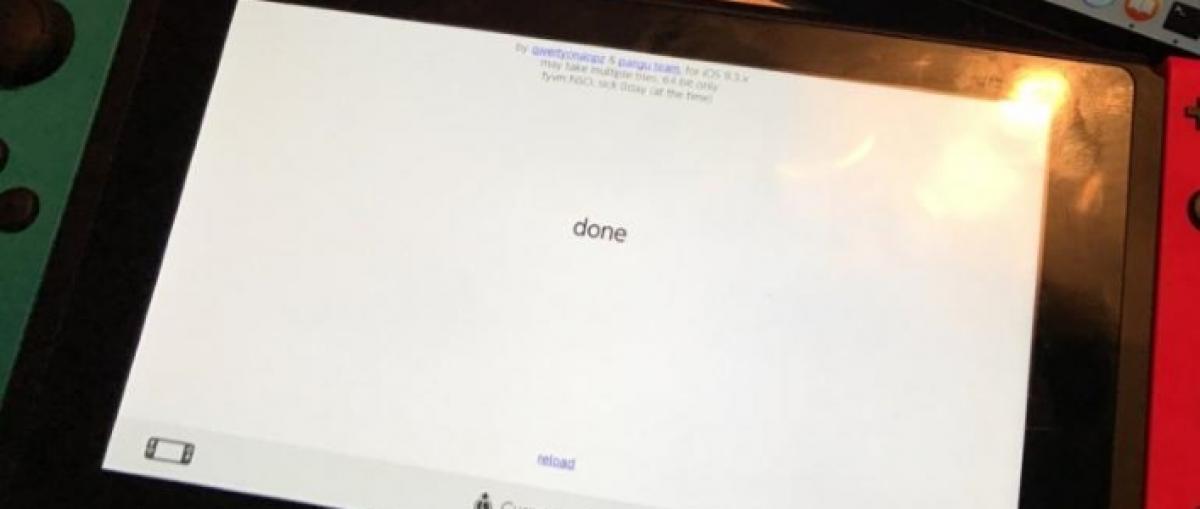True, but the fact remains that Wii U was never the target platform for these multi plat titles, and developers spent years tailoring their game engines to take advantage of the 360 and PS3. I remember in the Secret Developer article at Eurogamer, the developer made mention of how its common knowledge that the Cell processor was used for graphics processing on the PS3, but this was also done with the 360 CPU as well. The SIMD capabilities of these consoles was maximized, and that's something that was never going to port to the paired singles CPU the Wii U rocked. From what I can gather, whatever modest advantages the Wii U GPU had was mitigated by the CPU performance. More or less, Nintendo crafted hardware that was on par with the 360 and PS3, but had some fundamental design characteristics that had advantages and disadvantages with the other consoles.
Doesn't Xbox One S use 16nm Finfet? I believe it is, and that is quite a bit more power efficient than 20nm. So even with the more efficient node, the Xbox One S pulls nearly 6x the amount of juice the Switch is pulling, at least when not charging the battery.
One third the power of the Xbox One seems reasonable, and half as powerful seems to be possible depending on just how useful the FP16 capabilities turn out to be. Docked offers 786Gflop half precision, although the real word performance may find the memory bandwidth ceiling prior to reaching maximum shader performance. Regardless, this is pretty darn good for a product in this form factor pulling 1/6th the power. Im sure a lot of people are going to see this as a monumental chasm, but Im not so sure. Look how much parity there are with multi platform games on the Xbox One and PS4, and the PS4 has a 600Gflop advantage over the Xbox One, similar to the 800Gflop advantage the Xbox One has over the Switch docked.
Both Steep and Skyrim come out in the fall, and I wouldn't be shocked to see Call of Duty to make an appearance. The chasm in performance certainly will make porting to Switch less than straight forward, but the business proposition is more likely to determine what support looks like. Even if Switch sells very well, if Activision releases COD on Switch and doesn't sell a million copies, they will likely decline to continue with such efforts on the platform. Same with Steep from Ubisoft, while I don't see the million sold milestone being the benchmark for this particular title, but if it struggles to sell even a few hundred thousand units, Ubisoft will likely streamline their offering down to titles like Just Dance.
It'll really depend on how many Switches are out there at that point. I mean right now I believe there are three million world wide. So hopefully Activision has realistic expectations.
As for Steep... Is that game even good? Lol, I kind of wish they'd brought something else a bit more appealing. I'm concerned about Skyrim. They say it's a Switch edition, which might be a crooked way of not putting the DLC in the game. Good way to sabotage the sales of that game.


